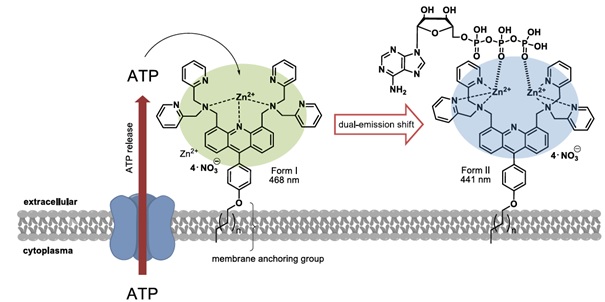
However, because the ATP bioluminescence reaction is linear, the more ATP present means the more light will be present. Because manufacturers use different sensor technologies and algorithms for adding up the photons, RLU measurements will vary from system to system. Luminometers measure and quantify light with an RLU output. RLU stands for Relative Light Unit and is the unit of measure used in bioluminescence. The reaction includes the following elements: Results are expressed numerically on the luminometer screen in Relative Light Units (RLU).īioluminescence is the result of a biochemical reaction and is the science behind which Hygiena ATP detection tests. The bioluminescence reaction is immediate so results can be processed at the testing site in seconds. Measuring the amount of bioluminescence from an ATP reaction provides an excellent indication of surface cleanliness or water quality because the quantity of light generated by the reaction is directly proportional to the amount of ATP present in the sample. Using bioluminescence technology, the SystemSURE Plus and EnSURE luminometers can measure extremely low levels of ATP collected with testing devices. This enzyme produces a simple bioluminescence (light-producing) reaction when it comes into contact with ATP. Hygiena ATP testing devices contain a natural enzyme found in fireflies. ATP monitoring prevents cross-contamination, ensures product integrity, potentially improves product shelf life, protects brand reputation, and complies with GMP standards and HACCP requirements. This implies a potential for the surface to harbor and support bacterial growth.ĪTP monitoring is used in food and beverage facilities to confirm that ATP presence is eliminated or minimized by effective sanitation procedures. The presence of ATP on a surface indicates improper cleaning and the presence of contamination, including food residue, allergens and/or bacteria. Hygiena luminometers (in conjunction with ATP swabs) use bioluminescence to detect residual ATP as an indicator of surface cleanliness. Therefore, most foods and microbial cells will contain some level of naturally occurring ATP. Processes such as photosynthesis in plants, muscle contraction in humans, respiration in fungi, and fermentation in yeast are all driven by ATP. ATP is produced and/or broken down in metabolic processes in all living systems.

ATP monitoring is an ATP rapid method of testing used by food and beverage processors to quickly assess the cleanliness of surfaces or liquid samples from such places as CIP systems.Īdenosine Triphosphate (ATP) is present in all organic material and is the universal unit of energy used in all living cells.


 0 kommentar(er)
0 kommentar(er)
